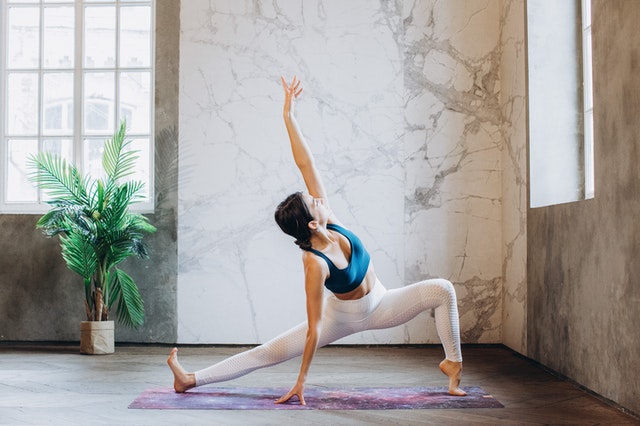

Yoga for Wellness
by Counseling and Wellness Center of PittsburghApril 14, 2018 counseling for depression, counseling for PTSD, meditation, mindfulness, nature therapy, Nutrition Counseling, outdoor yoga, stress managment, wellness counseling pittsburgh, wellness pittsburgh, yoga0 comments
Yoga. To many, the word conjures up images of Instagram perfection and beautiful backgrounds. Thousands of years ago, the poses (asanas) were only part of the defining point of a yoga practice. Yoga by ancient definition means “union.” A union of spiritual, emotional and physical practices of wellness. The poses are an integral part, but not comprehensive whole of the practice. Patanjali, one...Learn MoreNature Therapy Reduces Stress
by Counseling and Wellness Center of PittsburghApril 5, 2018 anxiety, anxiety therapy pittsburgh, counseling, counseling for anxiety, counseling pittsburgh, licensed therapist monroeville, licensed therapist pittsburgh, meditation, nature therapy, stress managment0 comments
Green & Serene; Nature Therapy Reduces Stress
Nature offers therapeutic benefits and reduces stress according to a recent study from the National Institute of Health.
Mindfulness, mantras, fitness and new age therapy are all devoted to finding ways to enhance wellbeing, joy, and alternately to decrease stress levels. Combating the effects of stress are increasingly important for all of us...Learn MoreAcute Stress Disorder
by Counseling and Wellness Center of PittsburghApril 2, 2018 anxiety, anxiety therapy pittsburgh0 comments
Acute Stress Disorder
Acute stress disorder is a form of anxiety disorder which develops shortly or immediately after exposure to a traumatic event in which real or threatened harm or injury was experienced or threatened to the self or other. Acute Stress Disorder differs from Post-Traumatic Stress disorder in the time from in which the associated symptoms are exhibited. To reach the...Learn MoreGeneralized Anxiety Therapy
by Counseling and Wellness Center of PittsburghApril 1, 2018 anxiety, anxiety therapy pittsburgh, cognitive behavioral therapy, counseling, counseling for anxiety, counseling pittsburgh, generalized anxiety disorder therapy pittsburgh, licensed therapist monroeville, licensed therapist pittsburgh, psychotherapy, searching for a therapist in monroeville, searching for a therapist pittsburgh, Therapy and Counseling For Anxiety, therapy for anxiety, therapy pittsburgh, wellness0 comments
Generalized Anxiety
Generalized anxiety disorder is a mental health concern which brings many people into therapy each year. As many as 1/4th of people who seek treatment in counseling centers each year do so as a result of wanting to manage symptoms related to Generalized Anxiety Disorder or (GAD). Signs and symptoms of Generalized Anxiety Disorder are free floating thoughts and worries that...Learn More